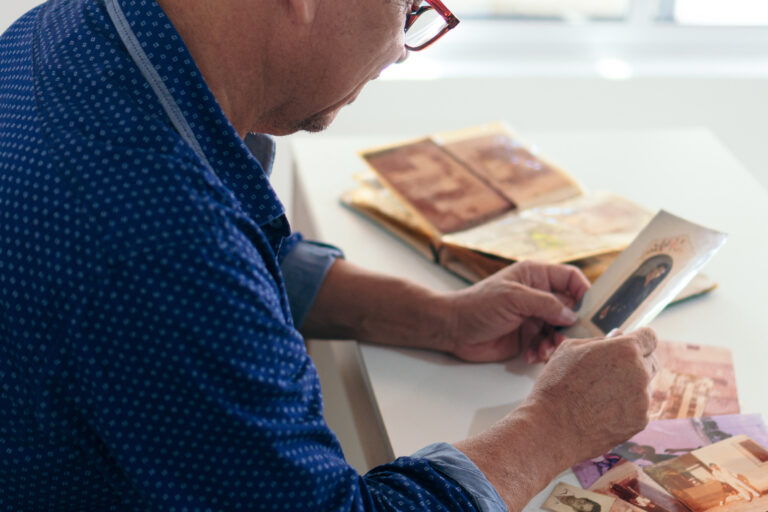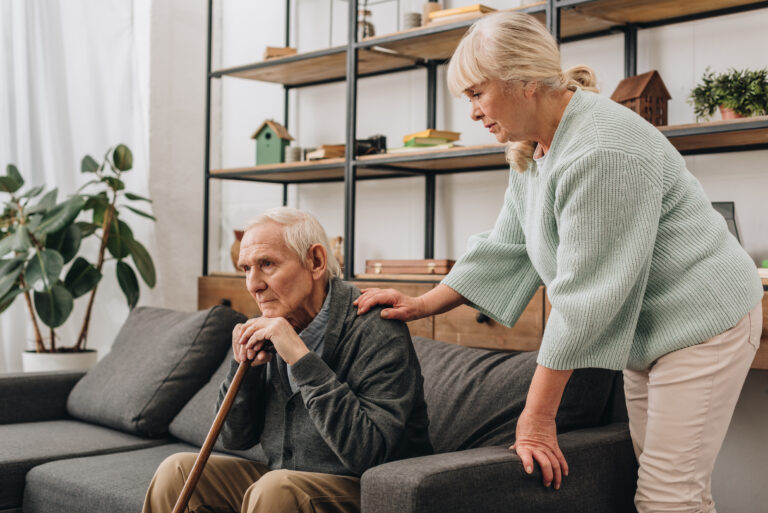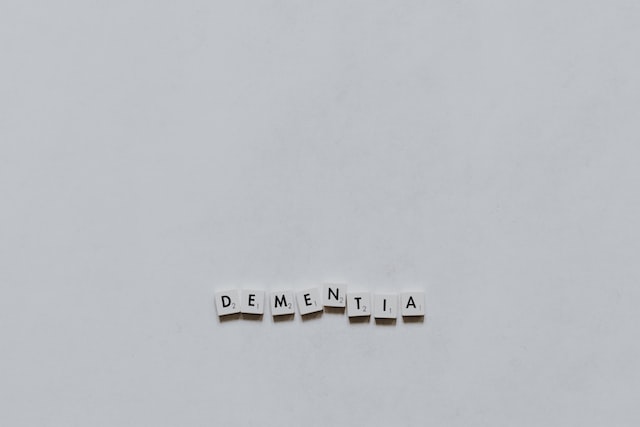Ankle swelling after walking all day can be a common and generally normal response of the body to prolonged activity, but it depends on the context and severity. When you walk extensively, especially if you are on your feet for many hours, the muscles in your legs and feet work hard to pump blood back to your heart. However, gravity causes fluid to accumulate in the lower extremities, including the ankles, leading to swelling, medically known as edema. This type of swelling is often temporary and resolves with rest and elevation of the feet[1][3].
The mechanism behind this swelling involves fluid retention in the tissues. When you walk or stand for long periods, the veins in your legs have to work against gravity to return blood to the heart. The veins contain one-way valves that prevent blood from flowing backward. If these valves become weak or if the muscles are fatigued, blood can pool in the lower legs and feet, increasing pressure in the veins. This pressure pushes fluid out of the blood vessels into the surrounding tissues, causing swelling[2][3].
Several factors can influence the likelihood and extent of ankle swelling after walking all day:
– **Duration and intensity of walking:** Longer periods of walking increase the chance of fluid accumulation.
– **Heat and weather conditions:** Warm weather can cause blood vessels to dilate, making swelling more likely.
– **Footwear:** Shoes that do not provide adequate support or are too tight can contribute to swelling.
– **Individual health status:** People with certain medical conditions such as chronic venous insufficiency, heart failure, kidney disease, or lymphatic system problems are more prone to swelling[1][2][4].
While mild ankle swelling after a day of walking is often normal and benign, persistent or severe swelling should not be ignored. It may indicate underlying medical issues such as:
– **Chronic Venous Insufficiency (CVI):** This condition occurs when the vein valves in the legs are damaged or weakened, causing blood to pool and fluid to leak into tissues. CVI often causes swelling, heaviness, and sometimes skin changes or varicose veins[3].
– **Injury or trauma:** Sprains, fractures, or ligament injuries can cause localized swelling, often accompanied by pain and bruising[1][4].
– **Cardiac or kidney problems:** Conditions like congestive heart failure or kidney disease can cause systemic fluid retention, leading to swelling in the ankles and feet[1][2].
– **Lymphedema:** This is swelling caused by lymphatic fluid buildup due to lymphatic system dysfunction. It can be chronic and difficult to manage, sometimes requiring specialized treatment[2][5].
If ankle swelling after walking is accompanied by symptoms such as pain, redness, warmth, difficulty walking, or if the swelling persists for several days, it is important to seek medical evaluation. This is to rule out serious conditions like deep vein thrombosis (a blood clot), infections, or severe vascular problems[1][3].
To manage and reduce ankle swelling after walking all day, several practical steps can be taken:
– **Elevate the feet:** Raising the legs above heart level helps fluid return to the circulatory system.
– **Wear compression stockings:** These help improve venous return and reduce fluid buildup.
– **Stay hydrated:** Proper hydration can help maintain fluid balance.
– **Take breaks and move:** Avoid prolonged standing or sitting; gentle movement helps pump fluid out of the legs.
– **Choose supportive footwear:** Proper shoes reduce strain and improve circulation.
– **Maintain a healthy weight:** Excess weight increases pressure on the veins and joints[4].
In summary, mild ankle swelling after walking all day is often a normal physiological response due to gravity and fluid shifts in the lower limbs. However, persistent, painful, or severe swelling may indicate underlying medical conditions requiring professional assessment and treatment. Paying attention to associated symptoms and risk factors is essential for appropriate care.
Sources:
[1] footnanklecenters.com
[2] legsmatter.org
[3] centerforvein.com
[4] orlincohen.com
[5] YouTube video by Kelly, physical therapist specializing in lymphedema





